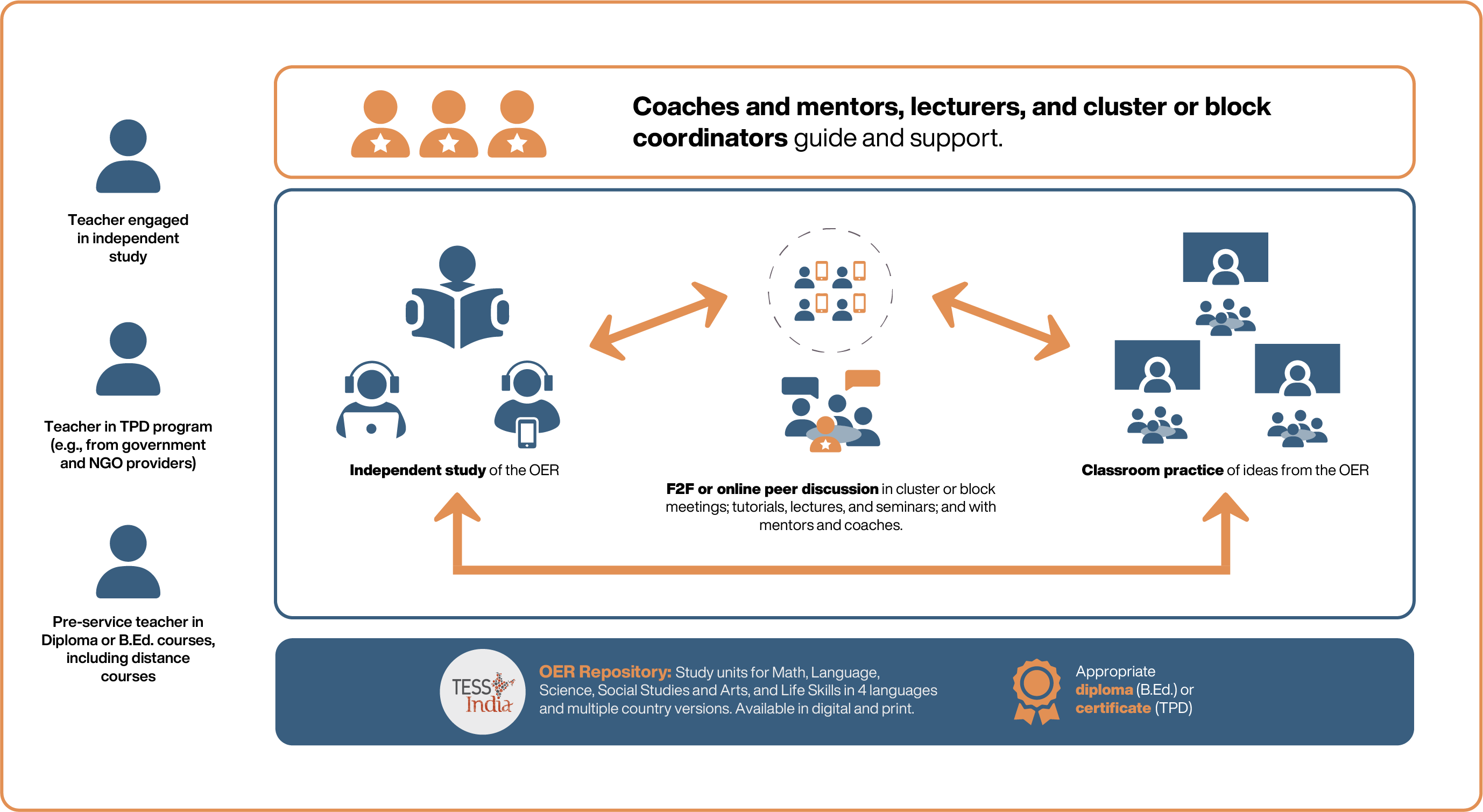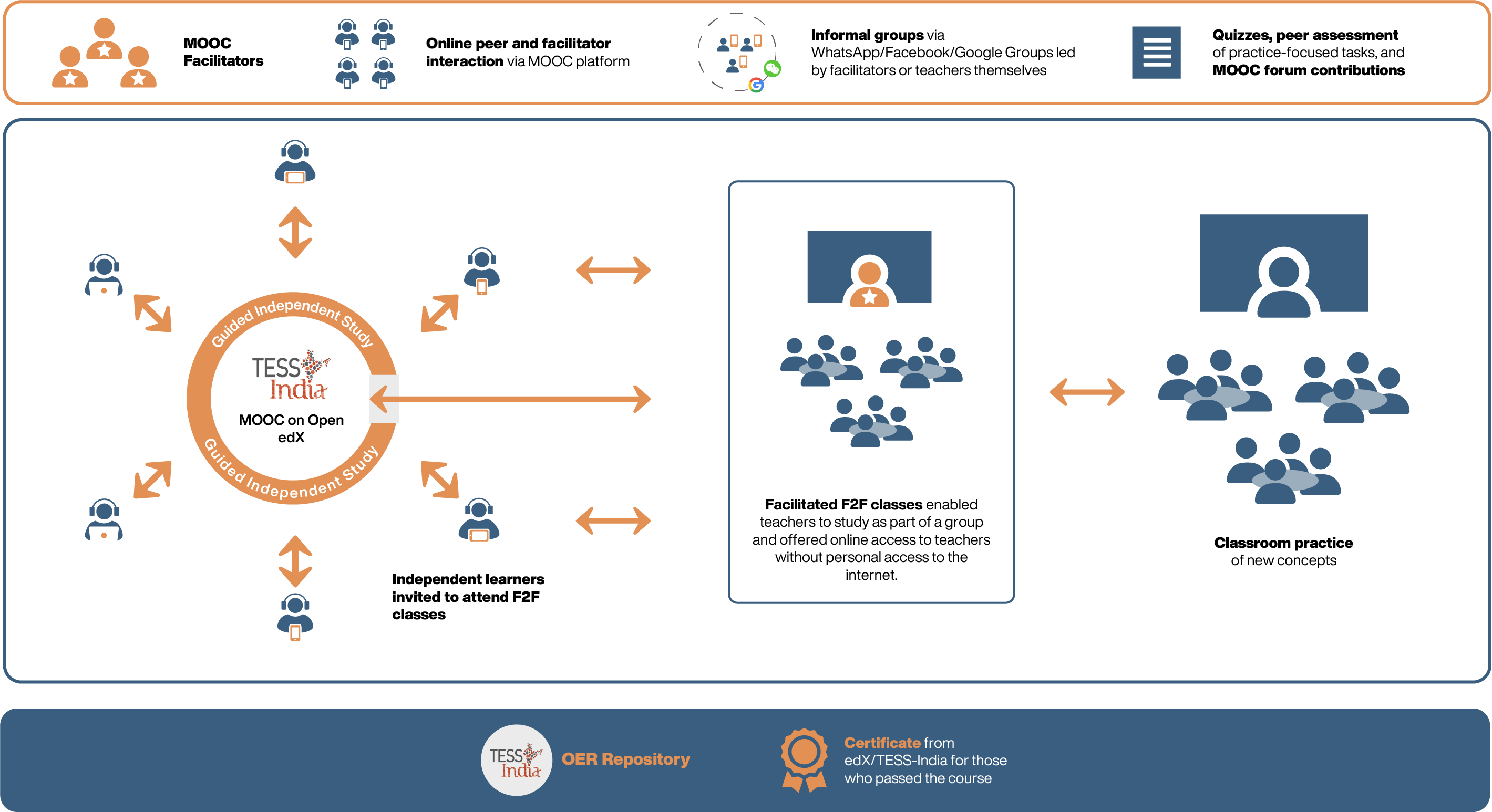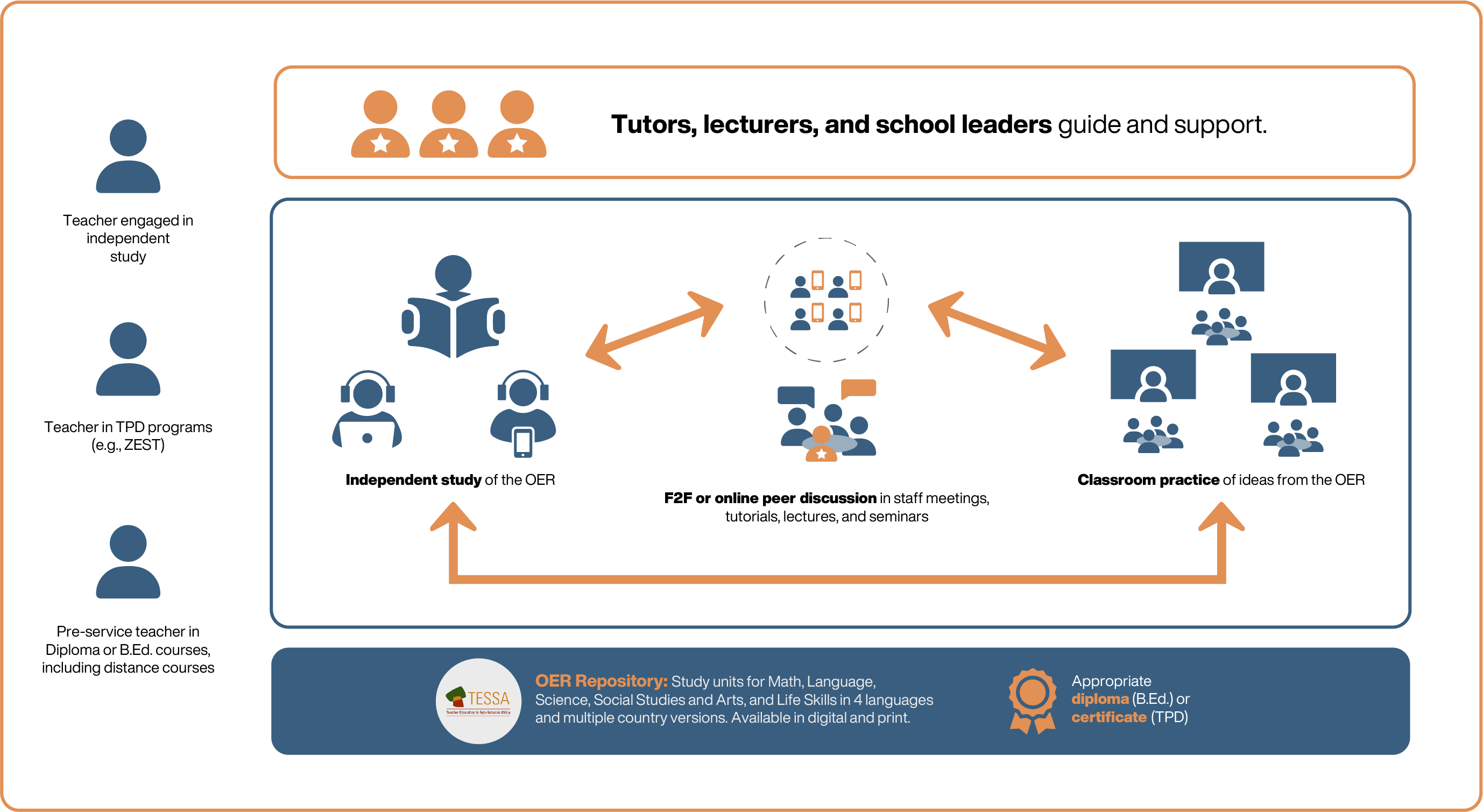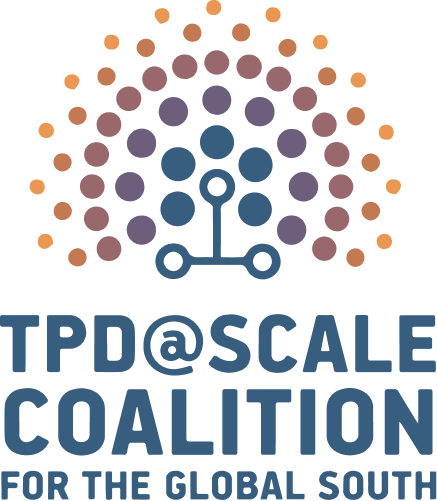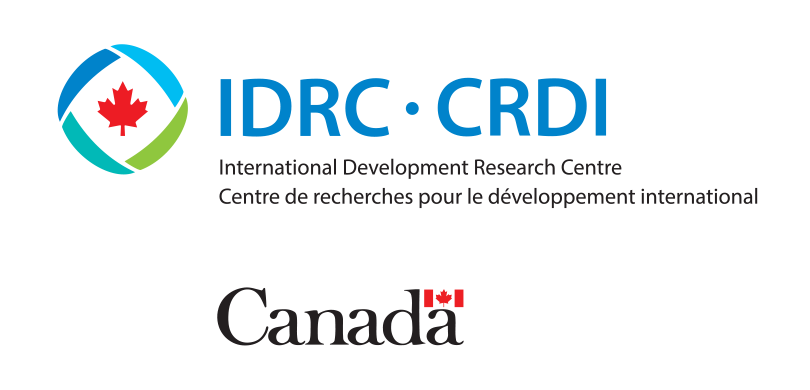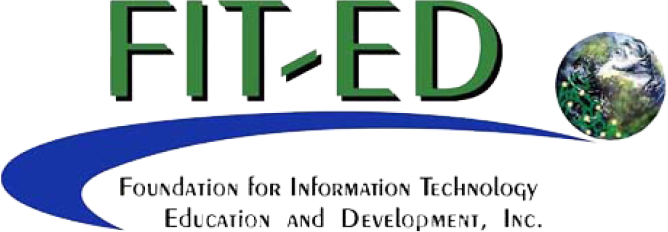Introduction
TESS-India aims to strengthen and transform professional development and classroom practice in India. The program provides an innovative, practical, and scalable approach to pre- and in-service teacher education, with an emphasis on inclusive, participatory, and child-centered pedagogy.
At the center of TESS-India is a toolkit of almost 200 freely available open educational resources (OER) in multiple languages (Assamese, Bengali, English, Hindi, Kannada, and Odia) and designed to be adapted to the context of use. TESS-India OER include teacher development and school leadership units, professionally filmed videos of classroom teaching, and principles of practice. They are the product of a collaboration between more than 200 Indian and UK educational experts.
Key features of the TESS-India OER model
- The TESS-India OER all follow a template that includes learning outcomes for the teacher; activities for the teacher to carry out (usually in their classroom with their students); case studies illustrating how teachers in different contexts have undertaken the activities and the actions they take in response to student questions and developing understandings; reflection prompts known as “pause for thought” and a narrative that explains how the approaches in the activities support student learning. Each OER represents 12 to 15 teacher study hours including classroom practice.
- The OER are available in multiple languages, versions, and formats. Many teachers access the OER through their own mobile phones.
- The OER toolkit is infinitely adaptable and flexible for use in different cultural and environmental contexts. The OER can be joined in multiple ways; there is not one linear pathway through the OER.
- The OER can be studied in multiple ways: as stand alone mini-courses; as part of a formal TPD program; in pre-service practicum modules in diploma or Bachelor of Education programs; in pre-service pedagogy modules; in face-to-face sessions; in distance learning programs, and so on.
- Teachers are encouraged to discuss their experiences with the activities with their peers in appropriate forums: cluster or block meetings; seminars, lectures or tutorials; and with mentors and coaches. These discussions may be in-person or through social media platforms.
TESS-India also created a free MOOC for teachers and teacher educators on “Enhancing Teacher Education through OER,” which was implemented in three iterative versions between 2015 and 2017. Over 50,000 registered for the MOOC, with 55% completing the course and achieving the pass Certificate.
Key features of the TESS-India MOOC model
- The MOOC is a six-week course on Open edX and also available through OpenLearnCreate.
- Available in English, Hindi, and Odia.
- Access was mainly through smart phones, tablets, and projected by facilitators in some face-to-face classes for group study.
- Formal support was provided through the scaffolded activities, course forums (in different languages), and regular face-to-face classes organized by the participating state governments. Classes were led by facilitators who had completed a previous version of the MOOC.
- Informal support occurred via social messaging platforms initiated by the facilitators or participants themselves.
- Assessment included quizzes and two peer assessments. Successful completion also required contributions to the course forums and led to a Certificate of Completion.
